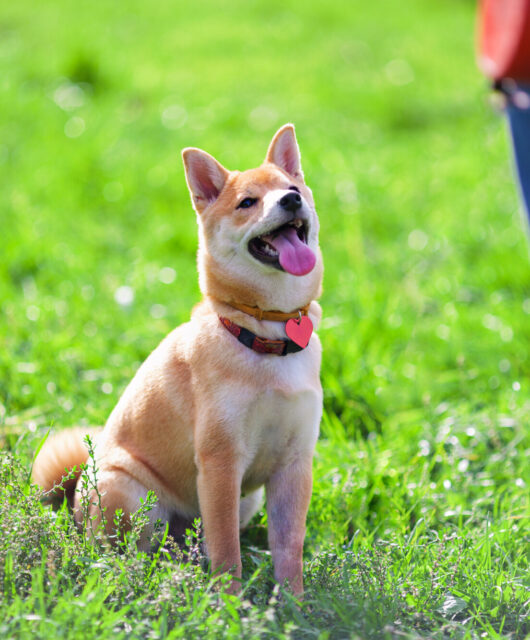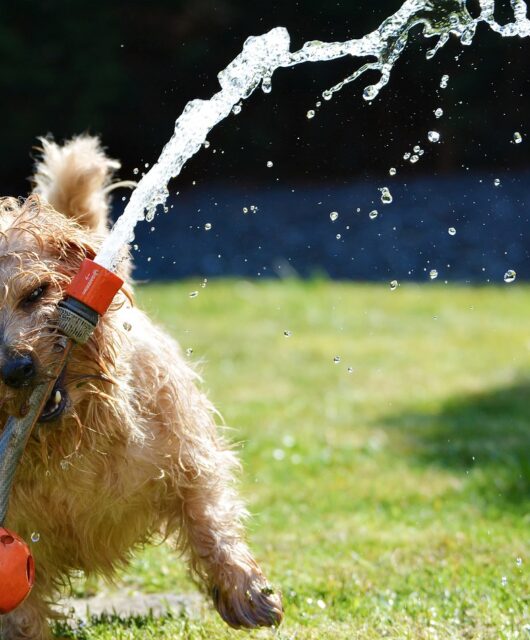Why Rabies Vaccination Is Essential for Your Pet
 Last year, five Americans died of rabies. That number is the largest it has been in a decade. While that doesn’t seem like such a big number, 60,000 Americans are treated for rabies each year.
Last year, five Americans died of rabies. That number is the largest it has been in a decade. While that doesn’t seem like such a big number, 60,000 Americans are treated for rabies each year.
It is an incredibly frightening and serious disease that is easily passed. This is why it’s important that your pet receives a rabies vaccination.
Preventing rabies is as easy as getting a vaccine while refusing it can lead to fatal outcomes. Read on to find out what rabies is and why you want to protect your pet with a rabies vaccine.
Table of Contents
What Is Rabies?
Rabies is a fatal viral disease that affects mammals. This includes humans.
It is extremely dangerous because the disease interferes with the central nervous system and leads to death. Once the symptoms have begun, it’s too late and fatality is inevitable.
The Types
According to WHO, there are two types of rabies. These are furious rabies and paralytic rabies.
Furious rabies is accompanied by hyperactivity and hydrophobia which leads to cardiac arrest, while paralytic rabies paralyzes the muscles and eventually leads to a coma unto death. Many people know of rabies but may be surprised by the intensity of the symptoms and outcome.
The Transmission
The way rabies is transmitted is through bites and scratches of other infected mammals, usually wild animals like raccoons, skunks, and bats. What is deeply concerning is that it may take several days before your pet exhibits any symptoms of rabies.
The virus incubation period for dogs is 21 to 80 days. For cats, it is anywhere from 28 to 42 days.
During that time, they can transfer it to other humans and pets. Once the symptoms do arrive, it is too late. There is no treatment and the infected animal/pet will die in 10 to 14 days.
The Symptoms
While it may take a bit for serious symptoms to become apparent, you’ll know when they do. As the virus sets in, the affected animal exhibits the following signs…
- Fear
- Aggression
- Drooling (not actual foam, just excessive drool)
- Seizures
- Paralysis
- Difficulty keeping mouth closed and swallowing
You may notice other strange behaviors from your pet before these above symptoms. In the prodromal stage, your pet’s personality may have a drastic shift.
A dog that was once affectionate and loving may not want to be pet or cuddled anymore. A cat that was shy and independent may snuggle up onto your lap and want affection.
Often, infected animals like and bite at the infection site. From there, your pet may experience hallucinations and enter what is called the “mad dog stage.”
The only way to prevent and/or stop rabies is a rabies vaccination. The only way to prove that your pet has/had rabies is by a brain sample.
Why Does My Pet Need a Rabies Vaccination?
All of the information we shared above is the exact reason you should vaccinate your pets, even if they’re indoor pets. The only thing preventing rabies from spreading from animal to animal and to humans is the rabies vaccine.
It’s easy to put off doing something that feels like may never happen to you or your pet, but it’s the only thing standing in the way of death in the event of being bitten by a rabid animal. Humans don’t normally receive rabies vaccination unless they’ve been bit or often handle animals, like a veterinarian.
However, your pet is able to, and most cities and states demand that they are vaccinated against rabies. It is the wise thing to do.
When Should I Vaccinate My Pet Against Rabies?
Most kittens and puppies are eligible to receive their rabies vaccination around 3 to 4 months old. If they haven’t received it yet and they are beyond this age, get them in to see a veterinarian.
They can still get the vaccine at any age and should continue to follow a schedule set by your vet based on the longevity of the vaccine given at the time. Some last a year while others last 2 to 3.
When you do vaccinate your pet, be sure to update their tag. You can purchase 2023 Rabies Tags here.
Are There Side Effects?
As with all vaccinations and medications, there are possible side effects. The chances of severe side effects are low but possible.
If your pet does exhibit some mild negative side effects, they will likely resolve within a couple of days, if not overnight. Some of the less severe vaccination side effects are…
- Swelling at the injection site
- Lethargy
- Decreased energy and appetite
Monitor your pet after their rabies vaccination, at least for the first few hours after. If they start showing signs of a more serious reaction, you’ll need to take them back to your vet for immediate assistance. These concerning side effects are…
- Trouble breathing
- Vomiting and/or diarrhea
- Facial swelling (muzzle, eyes, etc)
- Hives and/or itching
- Intense coughing
Again, these are very rare side effects and this vaccine is largely known to be safe. Keep in mind that you are vaccinating your pet against certain death.
Keep You and Your Pet Safe
Rabies isn’t a disease you should take lightly. It transfers quickly and easily.
Don’t put off getting your pet a rabies vaccination! Their life and possibly yours depends on it.
You don’t want to leave it up to chance that your pet never encounters another rabid animal. Also, your local laws probably dictate that they routinely receive it.
Check with your veterinarian about getting your pet up to date. They will help you figure out a schedule to keep your pet vaccinated and safe!









